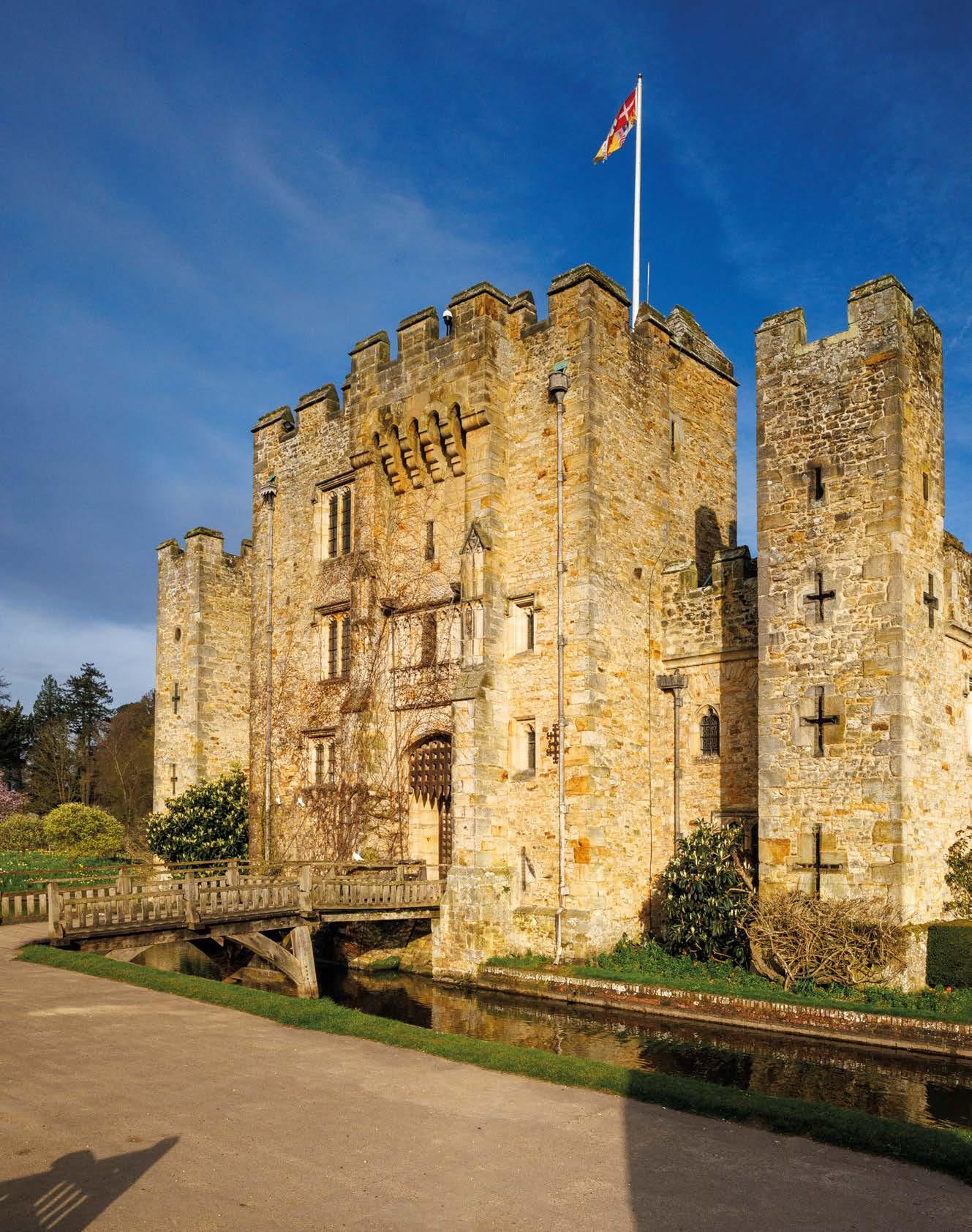






TRAVEL SPECIAL




Tudor Tales

STORIES YOU HAVEN’T HEARD BEFORE































STORIES YOU HAVEN’T HEARD BEFORE



















Annabelle Thorpe discusses the merits of a collection of villages tucked away between the folds of the beautiful Kent and Sussex High Weald AONB…




Jeremy Flint takes camera and pen behind the scenes at Anne Boleyn’s childhood home to find out what it’s like to work at one of Britain’s most historic castles
Enjoy a breath of fresh air in one of the UK’s sunniest towns, writes Jeannine Williamson

Nestled at the foot of the South Downs National Park, which boasts the highest chalk cliffs in the country, the south coast resort of Eastbourne is a quintessential seaside town less than 60 miles from London.
With a daily average of 11.7 hours of sunshine (which is rather a lot for the UK!) it consistently tops the charts for being one of our sunniest towns. The blue skies, beach and sweep of the six-mile promenade rub shoulders with traditional and modern seaside attractions, while just a stone’s throw away is green countryside dotted with
Clockwise from above: Eastbourne’s Victorian seafront promenade; beautiful Beachy Head and its lighthouse are just a short drive from Eastbourne; the Towner art gallery


picture-postcard villages.
Excavations have revealed evidence of Bronze Age settlements going back to 2400BC and modern-day Eastbourne grew from a small agricultural community centred around the Bourne stream, which gave the town its name. The health-giving properties of fresh air and bathing led to Eastbourne becoming known as the ‘Empress of Watering Places’ in the mid-18th century and the arrival of the railway in 1849 boosted the town’s popularity.
The town’s development was overseen by wealthy Victorian landowners, who designed the




The White Cliffs of Dover, Kent
‘There’ll be bluebirds over the White Cliffs of Dover’ is a wartime lyric that virtually every Briton over a certain age can recite. A symbol of home for many during the First and Second World Wars, which also played a vital role in Britain’s defence, these magnificent cliffs on Kent’s southeast coast hold a special place in the nation’s history, and in its heart. Reminders of their significance can be found along the cliffs, such as at the Fan Bay Deep Shelter; a complex of hidden WWII tunnels underneath the cliffs, which are open for visitors.
Above ground, there are far-reaching views towards the French coast, and a walk along the coastal path towards South Foreland Lighthouse is the best way to experience these iconic natural wonders, made of soft layers of limestone built up over millions of years. There is plenty of wildlife to be spotted too, including the chalkhill butterfly. nationaltrust.org.uk/visit/kent/ the-white-cliffs-of-dover




World famous for its oysters, this pretty pocket-sized town on Kent’s north coast is well worth your time, shellfish fan or not. Native oysters have been harvested here since Roman times, and the Whitstable Oyster Festival takes place in the town every September to honour this delicious delicacy. Make sure to stop at the pastel-pink Wheeler’s Oyster Bar – Whitstable’s oldest restaurant – serving fresh oysters and seafood in a delightfully small and offbeat setting. You’ll discover an array of stylish independent shops, cafés and restaurants as you wander around Whitstable’s attractive warren of streets, which all lead down to the harbour, where you’ll find rows of multicoloured beach huts and miles of sandy beach to explore. The Old Neptune is a charming Victorian pub right on the beach – perfect for a seaside pint or some fish and chips, whatever the weather. whitstable.co.uk


